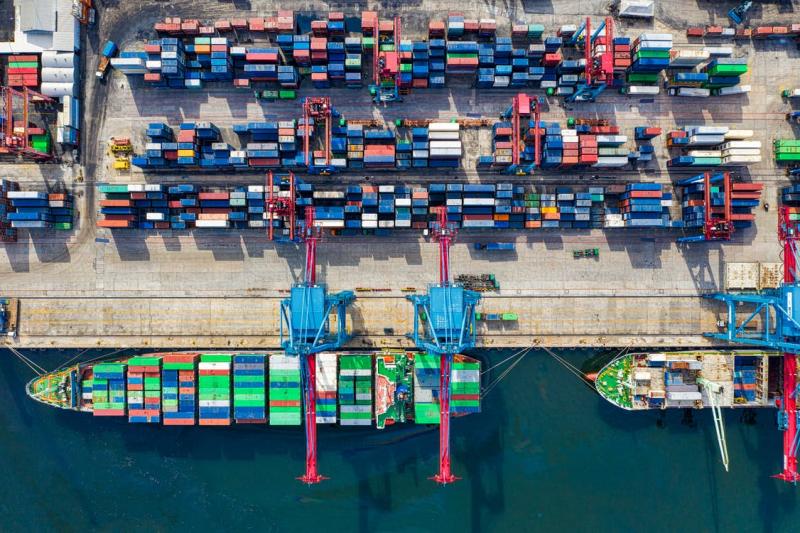
On July 1st the USMCA will finally go into force after all parties ratified the agreement and sent notifications certifying that they have taken all the required steps to be in compliance. The new trade agreement provides a much-needed update to NAFTA which went into force in 1994, 26 years ago. It began a new era of comprehensive global trade liberalization as the WTO followed suit in 1995, and both had their impetus with former president Ronald Reagan.
A popular criticism has been the effect open trade has had on jobs, specifically the claim that trade propelled American businesses into an era of offshoring resulting in the loss of 5 million manufacturing jobs. Free trade allows companies to search the 50 states and all the nations of the world to find the most efficient producers. That is only part of the recent history of manufacturing employment in the U.S. Automation and robotics have played a role in allowing American manufacturers to produce more with less employees.
But Americans have also voluntarily left the manufacturing sector in droves, enabled by the highest rates of education in the country ever, 90 percent have completed high school, and a third have completed a bachelors degree. This new comparative advantage allows them to seek high paying, high skilled jobs outside of assembly lines. Creating trade barriers to maintain current levels of manufacturing employment risks missing the forest for the trees, in more ways than one.
For starters, protecting the rights of Americans to exchange goods and services on mutually beneficial terms, free from managed impediments, allows workers to exploit all the advantages of a free society. This includes starting businesses, innovating new products, and deploying high-skilled services. These new opportunities have resulted in a net increase in jobs. Since 1992 open trade has added 39 million jobs to the American economy as total trade increased from 20 percent of GDP to an all-time-high of 30 percent reached in 2014. And, according to the Trade Partnership, “trade-dependent U.S. jobs have grown more than four times as fast as U.S. jobs generally.”
The open trade environment, in fact, attracts foreign companies to do business in America more than anywhere else. The United States is the largest recipient of Foreign Direct Investment inflows, a sign that foreign companies see investing in America, and American workers, as a best business practice. Together foreign companies employ 7.4 million U.S. workers, pay them on average 26 percent more than the economy wide wage, and they produce 25 percent of U.S. exports.
The reality is that in a free economy the fundamentals change as workers respond to incentives- the incentive to earn a higher income by providing things that people want without big brother bullying. According to the first U.S. Census in 1790, 90 percent of the U.S. labor force was gainfully employed in farming. As farms became industrial, employing technological innovations like the cotton gin, more Americans moved to cities to work in manufacturing. Today less than 3 percent of Americans are farmers and services industries employ 80.2 percent of Americans, manufacturing employment peaked in the 1980s.
The new USMCA will continue this trend. The USITC estimates it will add 176,000 jobs to the economy, with 79 percent of those going to services. Rather than jeopardizing this benefit, and those to come from agreements with the UK, the EU, and Kenya by scapegoating competition, protectionists should eye domestic policy failings that prevent workers from upskilling in our most competitive sectors.

